Leroy at BaselWorld 2015 – Linking Past, Present and Future
By Jon Z.
Leroy, with its origin in Paris in 1785, and spans over three centuries, has been a renowned watchmaker to several royal courts, including Napoleon Bonaparte, King Louis XV and Queen Victoria, as well as famous personalities such as Proust, Matisse, Nobel and Roosevelt.
It’s high-grade and high complication pocket watches Leroy pioneered modern chronometry. Since its founding, Leroy has won a total of 384 Gold Medals in chronometry competitions. In 2013, its tourbillon regulateur has won the 2013 International Chronometry Competition, in the tourbillon category.
In recent years, with strong investment from the Festina group, Leroy is enjoying a renaissance in high-precision mechanical watchmaking with its vertically integrated manufacture in Le Sentier, Switzerland.
In 2014, Leroy has hired Mr. Olivier Müller as the CEO – one of the most brilliant managers in the watch industry (and the mastermind behind Laurent Ferrier), as well as the famous designer Eric Giroud. The results are 1) focused marketing, communication and product strategies that link the current collection to the brand’s illustrious heritage of chronometric precision, and 2) stunning new models that blow the watch industry away.
During Baselworld 2015, the JZ&F staff met with Mr. Olivier Müller, to view the prototype of Leroy’s latest artisanal timepieces, the Chronometre Observatoire and Chronometre a Tourbillon.
Leroy’s showroom at Baselworld is impressive yet elegantly designed, with wooden and subdued gold tones.
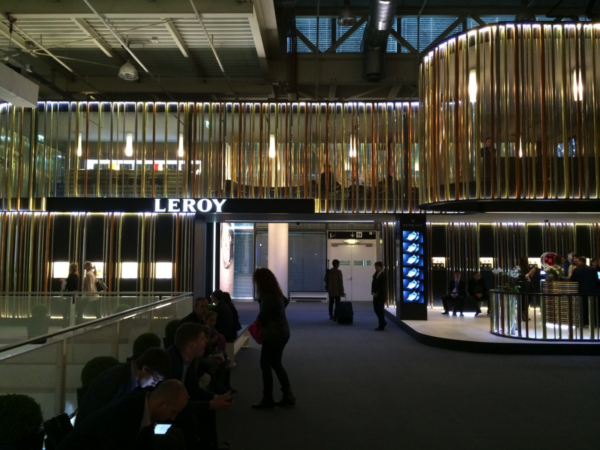
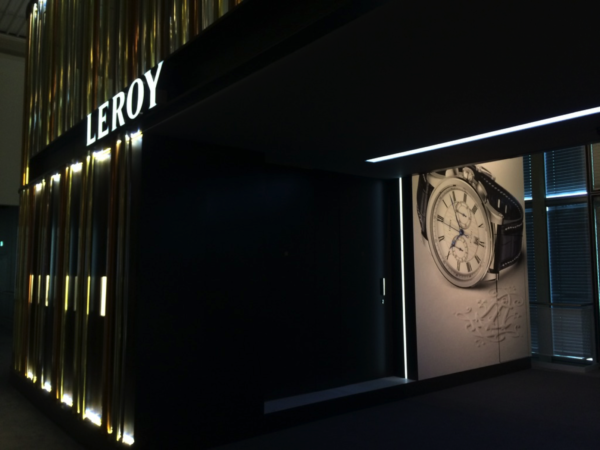
The outside windows display current models and historical showpieces.
Marine Deck Chronometer in 18k rose gold.
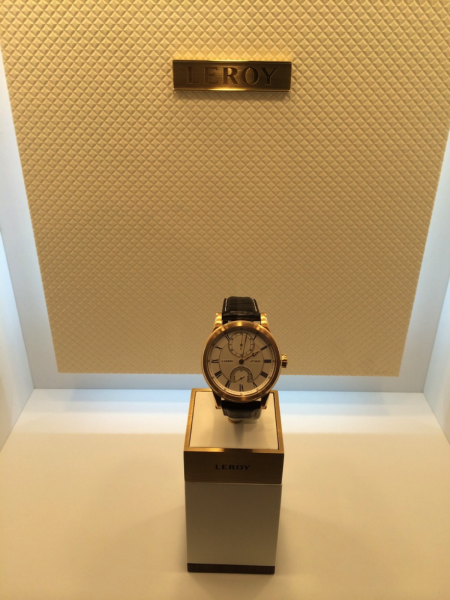
Marine Deck Chronometer in 18k white gold.
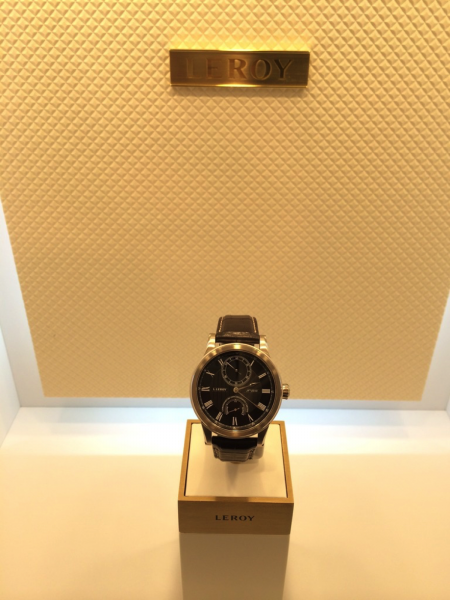
Historical Ship Marine Chronometer by Leroy, circa 1800’s. Notice the resemblance in design.
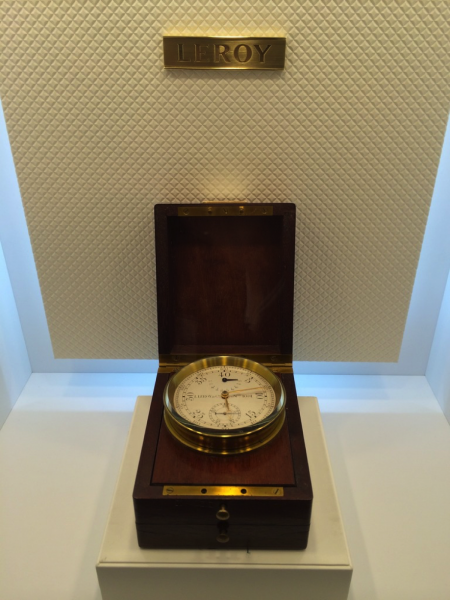
Leroy vintage pocket watch movements throughout the past two centuries.
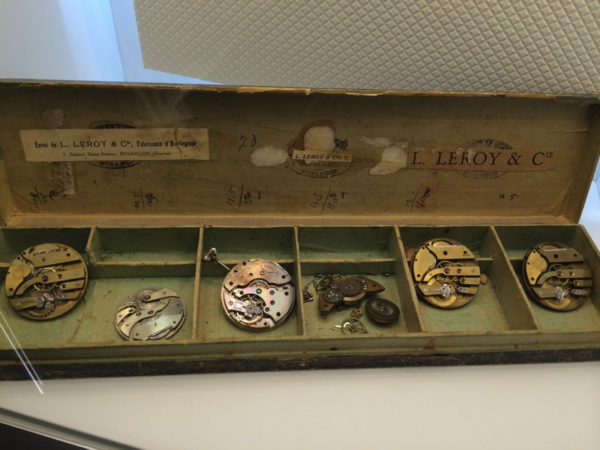
Walking into the booth, one is reminded of the many awards Leroy has won throughout its history, and the many historically important pieces that contributed to modern horology.
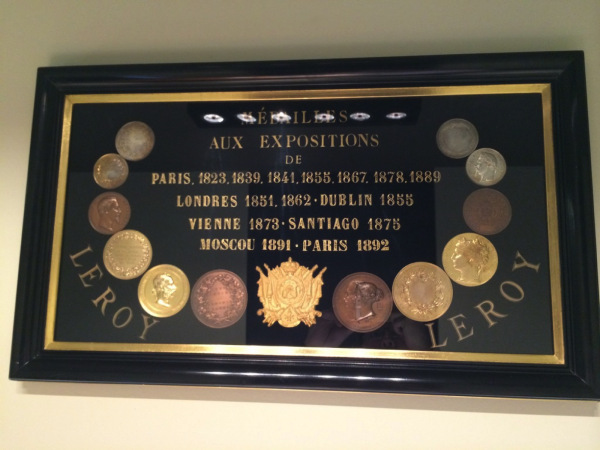
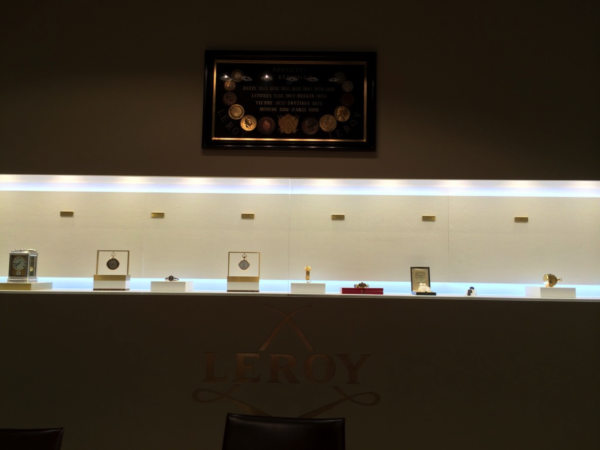
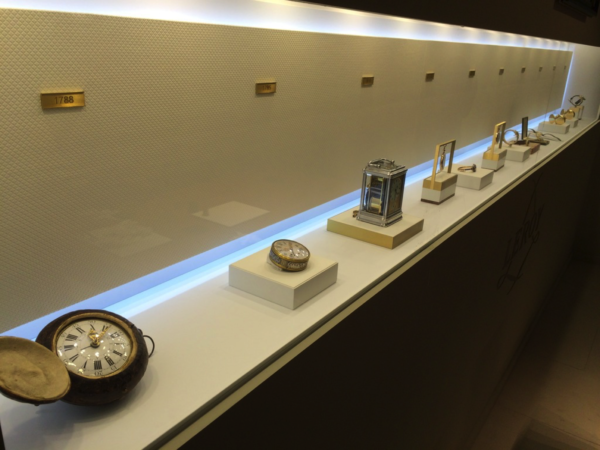
A “walk-through” of Leroy’s history, starting in 1788…
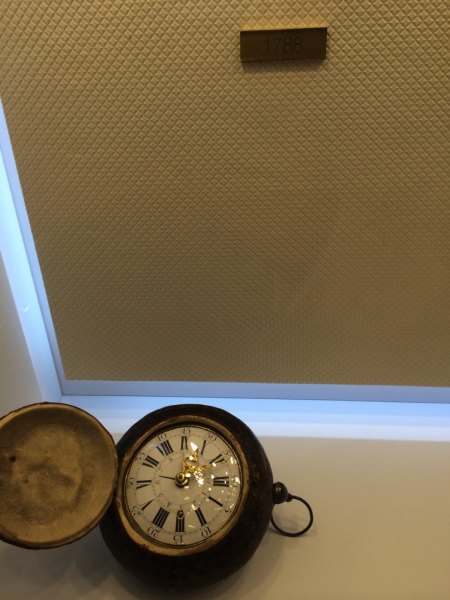
Marie-Antoinette’s travel clock with alarm, signed Charles Leroy. This is the inspiration on the 2015 novelty Chronometre a Tourbillon.
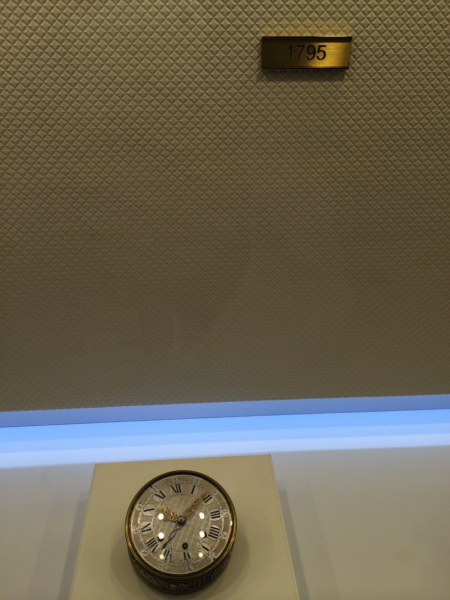

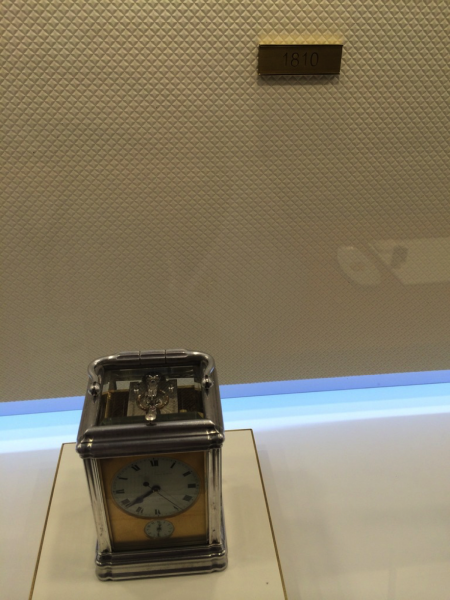
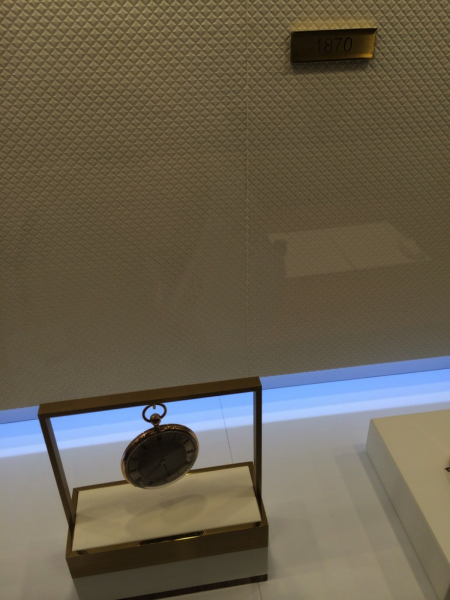
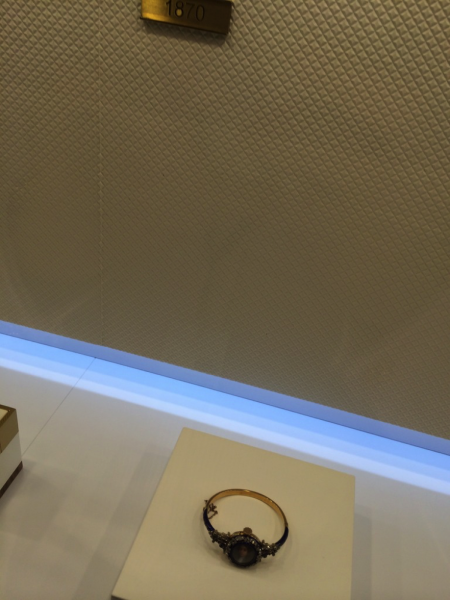
Notice the design inspiration for the current Osmior collection.
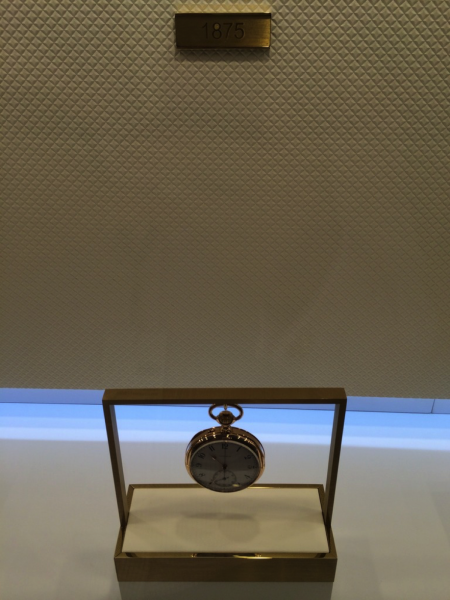
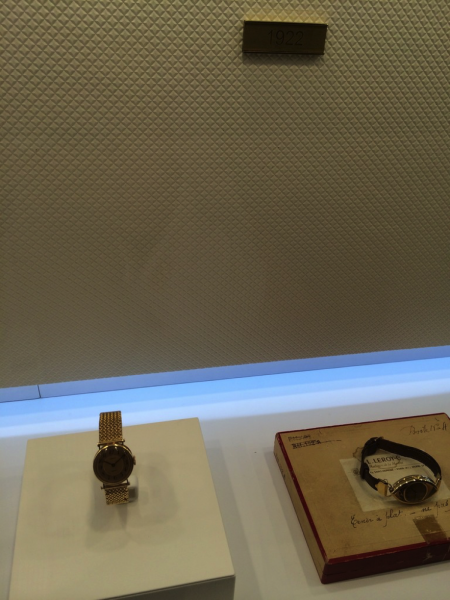
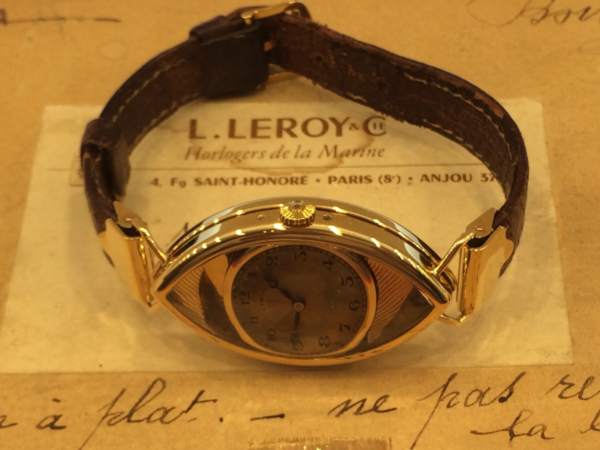
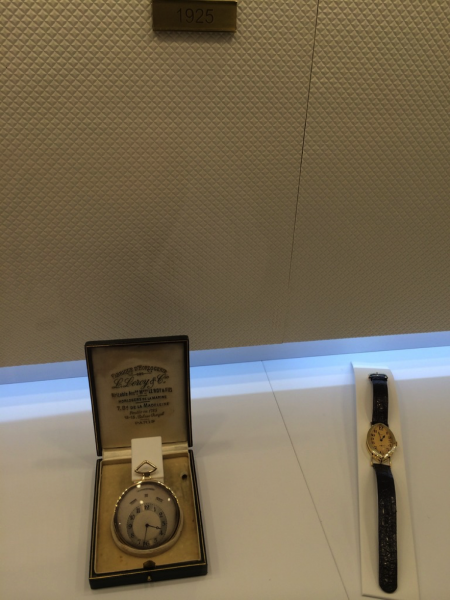
A high-complication annual calendar pocket watch, circa 1925.
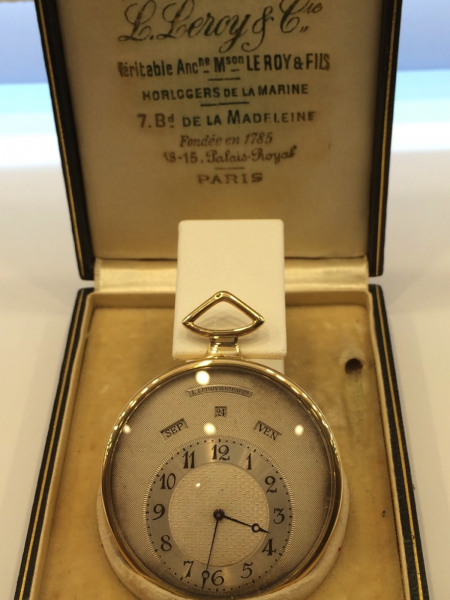
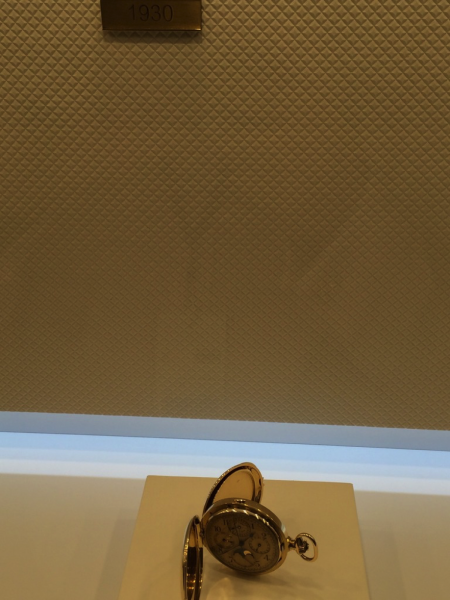
Perpetual Calendar Moonphase Chronograph, circa 1930.
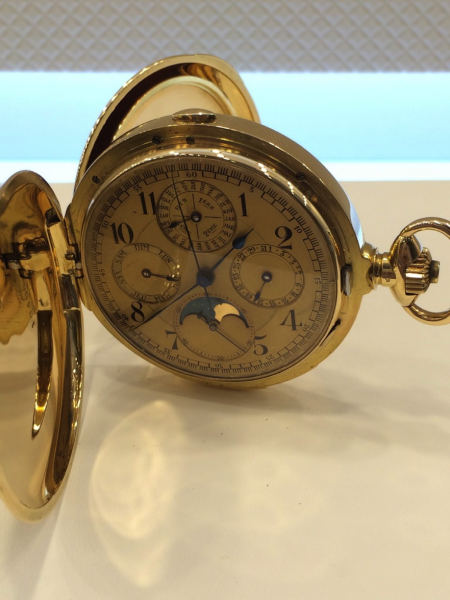
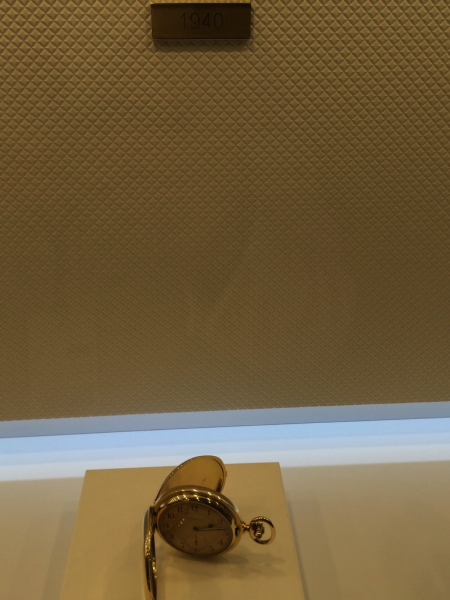
Modern model, circa 2000.
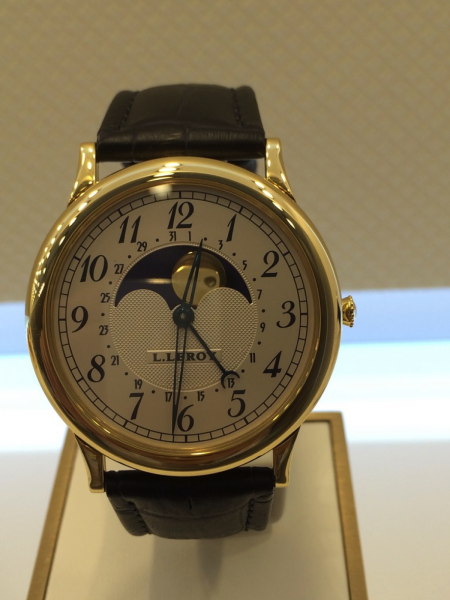
Present model – Tourbillon Regulator. First introduced in Baselworld 2013.
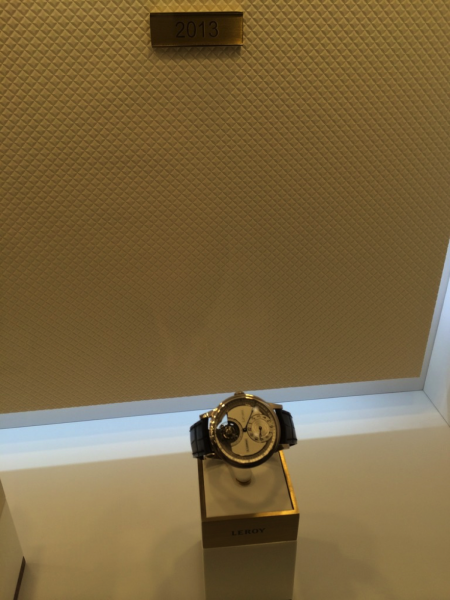

Mr. Olivier Muller enthusiastically presents the Leroy novelties of 2015. Production date is set to Fall 2015.
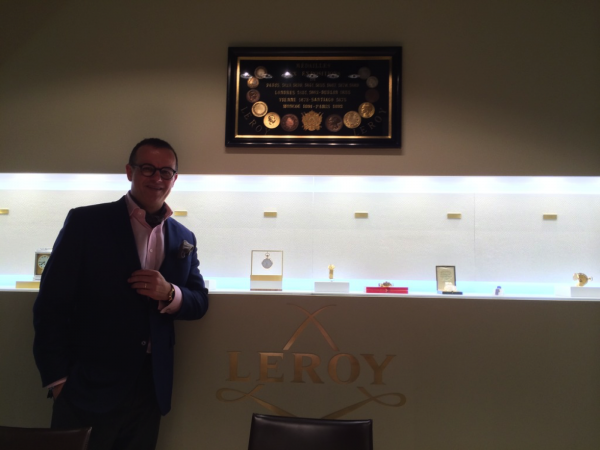
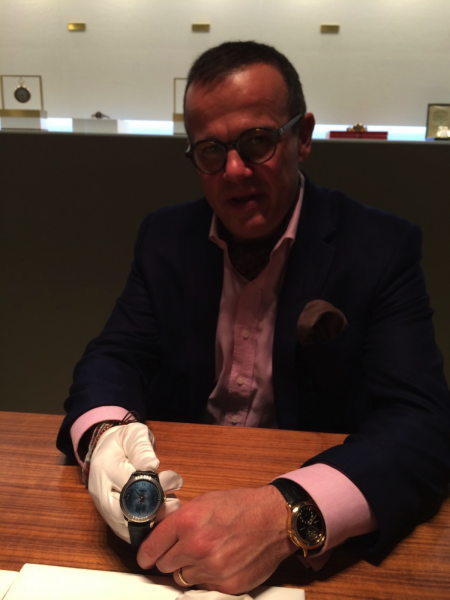
Chronometre Observatoire
This is an elegant, three-hand chronometer with a small seconds at 6 o’clock and an innovative power reserve indicator displayed by the small window at 9 o’ clock. The aesthetics are very classical and discreet.
Two models are available: 38mm or 40mm, either in 18K rose gold, 18K white gold, or 18K two-tone (rose and white) gold.The dial is made of solid silver with hand guilloché decoration in a stunning grain d’orge (barleycorn) motif. The 18K gold numerals match the case, and the skeletonized hands are either in thermetically-blued steel, rhodium steel or black gold.
The Chronometre Observatoire houses the in-house manufacture Calibre L200 with its large balance wheel and direct impulse escapement. The hand-wound movement is an historical nod to Pierre Leroy’s Duplex escapement developed in the 18th century. The Duplex escapement is difficult to make since it has tighter tolerances and two escape wheels with one above the other to deliver impulses directly to the balance. The advantages of the Duplex escapement is nominal friction (less wear) and higher precision.
The movement has a theoretical power reserve is 150-hours. However, with a focus on precision, Leroy’s head watchmaker Karsten Frassdorf decides on a 98-hour power reserve so there would be no loss of amplitude.
On the dial, the power reserve indicator is imperceptible when fully wound and as it powers down to 40 hours, since the power reserve wheel is the same color as the dial. When power drops below 40 hours, the power reserve indicator begins to turn white; and with only 20 hours remaining, the power reserve indicator incrementally turns red.
Like the Osmior Monopushers and the Marine Deck Chronometers, the Chronometre Observatoire is individually numbered and delivered with it own chronometer rating certificate issued by Besançon Observatory.
Prices in Swiss francs are 35,000 CHF.
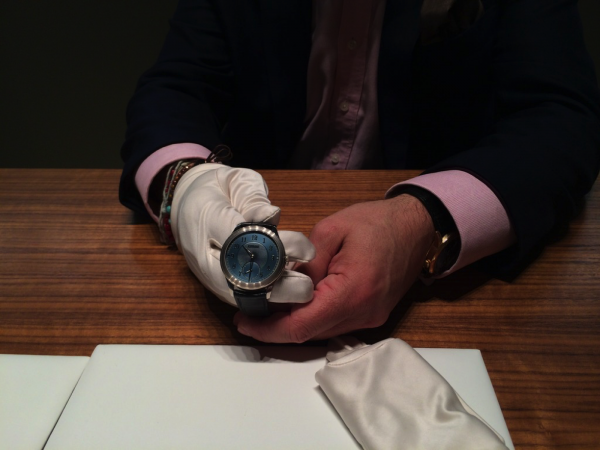

Protoype (unfinished) movement. When released for production in September 2015, the Calibre L200 will be fully decorated and hand-finished to a high standard with anglage, perlage, black polish and polished and heat-blued screws.
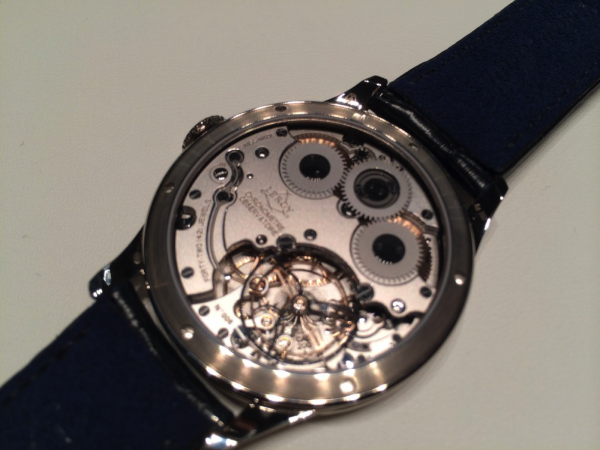
White gold and two tone gold models.
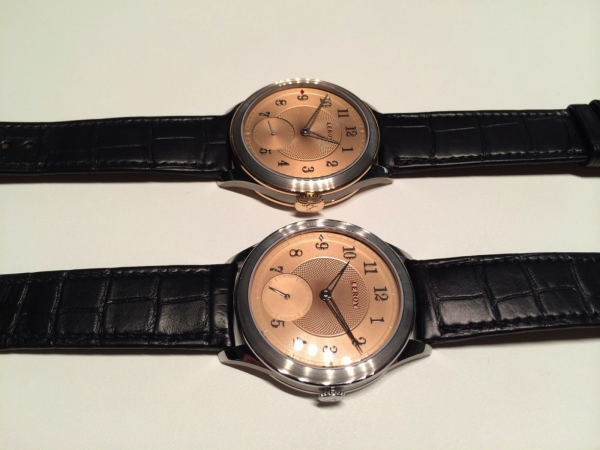
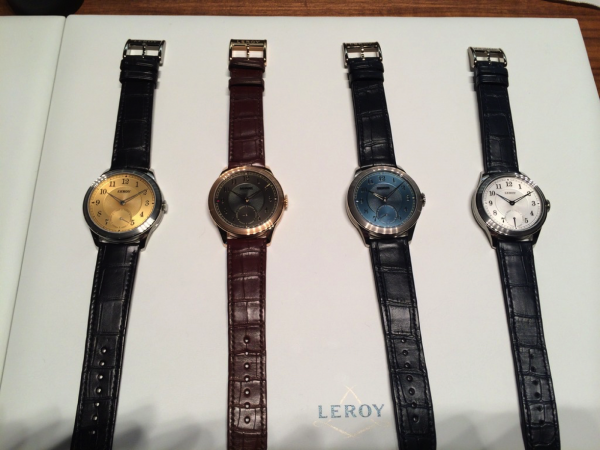
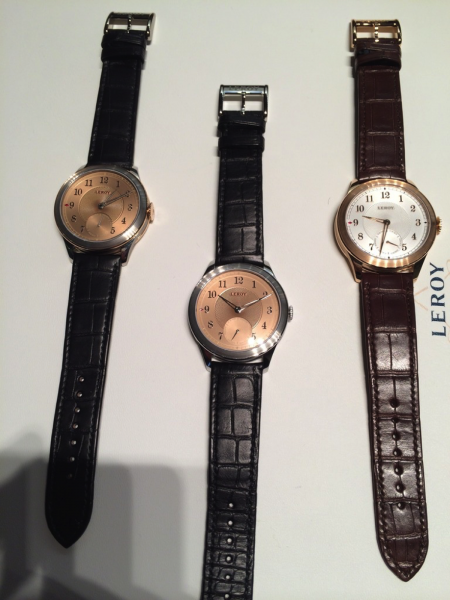
The Chronometre a Tourbillon
The Chronometre a Tourbillon is truly impressive, and is listed as Top 5 watches of BaselWorld 2015 by countless reporters from watch magazines and online watch media.
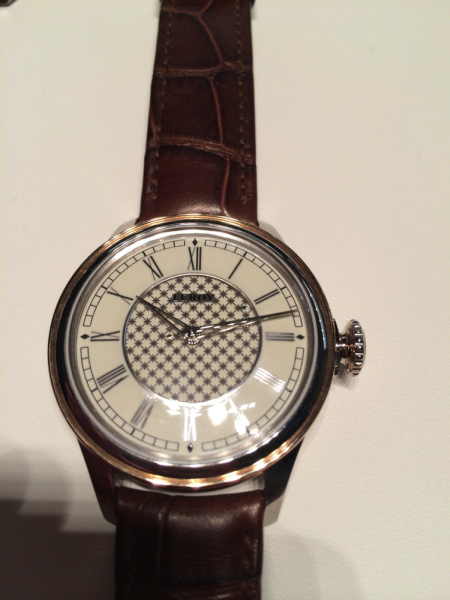
The 41mm gold case frames a grand feu enamel dial decorated with a chased grid with the same tapestry motif found on the historic Marie-Antoinette travel clock (mentioned in the beginning of the article). Beneath the grid is a grand feu enamel disc that discreetly indicates the 75-hour power reserve. Openwork steel hands indicate the hours and minutes, and a central deadbeat seconds pauses for every second.
Turning the timepiece over reveals the hand guilloché hinged cover that opens to a transparent caseback. Under the transparent caseback is the Calibre L100 constant force Tourbillon with Duplex escapement, fusée-and-chain and deadbeat seconds.
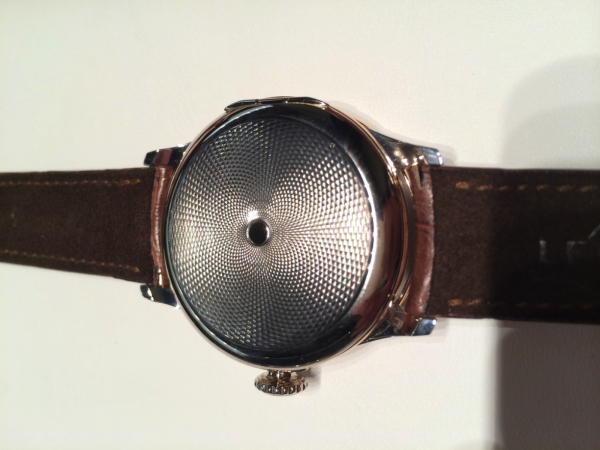
The Calibre L100 is an extremely complicated movement and packs several technically difficult and impressive innovations all in one, all with common goal of increasing the chronometric precision of the timepiece. The constant force mechanism is integrated into the tourbillon to ensure that the amplitude of the balance remains constant. The Duplex escapement has two escape wheels to deliver impulses directly to the balance for high precision. The fusée-and-chain regulates the mainspring torque and guarantees a constant supply of energy so that its oscillations are as identical as possible. The deadbeat seconds is achieved by two superimposed, but connected levers that deconstruct a seconds jump. This way, the owner can observe the time exactly, down to a second.
Here, Leroy presented an unfinished Calibre L100 to examine the movement’s exceptional architecture. The tourbillon carriage and gear train are both nods to its history and to the 18th century aesthetics, as are the diamond impulse-pallets. When released for production, the Calibre L100 will be finished according to Leroy’s typical painstaking standard – hand-decorated and hand-finished with a tourbillon bridge that is mirror-polished, movement wheels that are burnished and polished, polished pinion leaves, black polished steel parts and a barrel-bar that is frosted by labour-intensive method of hand-brushing a fine silver powder onto the surfaces to achieve a grained texture. All the screws will be heat-blued and the screw heads are mirror polished. In addition, the profiles of the collets, ridges and convex hole surrounds will be polished.
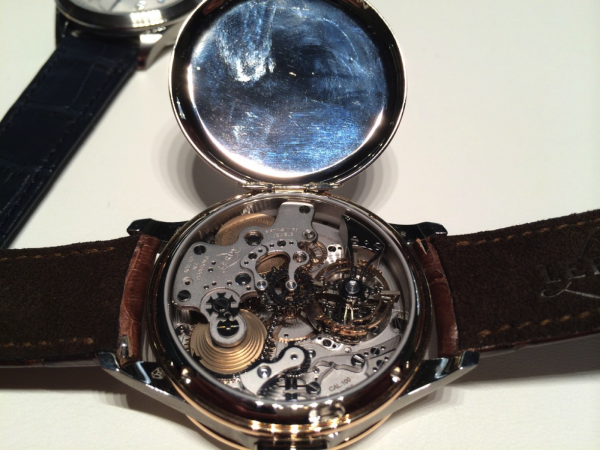
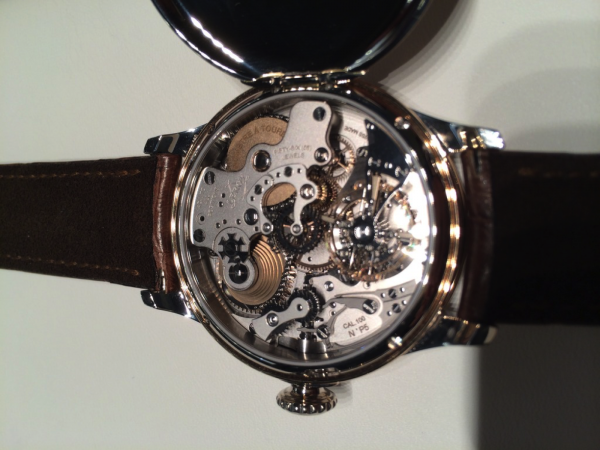
The Chronometre a Tourbillon is individually numbered and delivered with it own chronometer rating certificate issued by Besancon Observatory. Price in Swiss francs is 166,000 CHF.
I am very glad to see such impressive innovation from Leroy, as most importantly, its strong linkage of the current models with its rich heritage on precision.
The type of technical know-how exhibited by Chronometre a Tourbillon catapults Leroy into a rarified realm of super high-end watchmakers (such as Greubel Forsey, Cabestan and Christophe Claret).
Imagine such innovative strength, coupled with a rich history that is unavailable to many avant-garde independent watch brands – it is not difficult to see Leroy with a very bright and compelling future!
Kudos to Leroy and to Mr. Muller!
Thanks for reading, and I hope you have enjoyed the report.
Yours Truly,
Jon and the JZ&F team.


